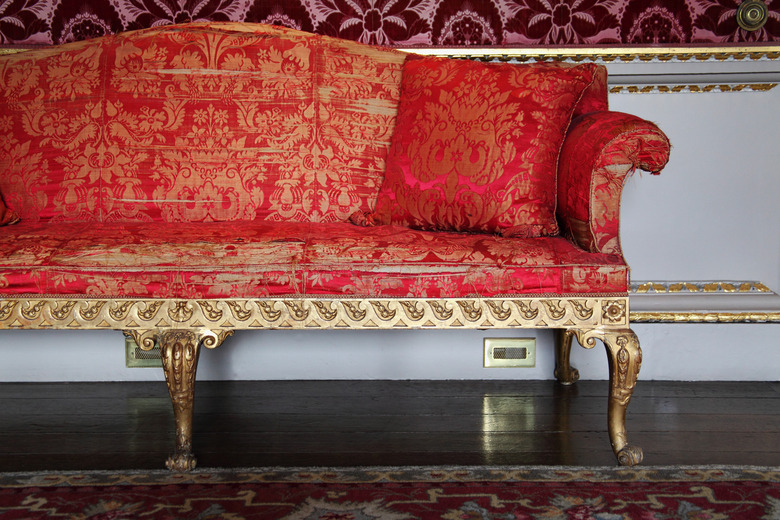How To Identify An Antique Sofa
Whether you're an avid collector of antiques or are just looking for an attractive and unique addition to your living room, an antique sofa is a great piece to have in your home. However, there are a few pitfalls that come with buying antiques of any kind, including sofas. With genuine antiques often fetching high prices, it's not uncommon to come across fakes and reproductions rather than the real thing. You'll also need to consider whether a vintage sofa is an antique or just plain old. Here are some ways to identify an antique sofa and tell one apart from an imitation.
Become Familiar With Styles
Become Familiar With Styles
To the untrained eye, all sorts of old sofas could be antiques. However, the difference between an antique and something that's just old is that an antique is collectible, high in value, and desirable in addition to being more than 100 years old. These are moving targets because tastes and fashions change, but there are a few styles that more consistently fall into the antique category rather than the old junk category. Become familiar with what the following styles look like from internet searches and books about antiques if you want to identify a genuine antique sofa.
- Chesterfield sofas: A style that probably originated in the mid-18th century, Chesterfield sofas are bulky, have rolled arms, and are studded with buttons.
- Camelback sofas: As their name suggests, camelback sofas have a "hump" in the design of the back. They tend to have high legs that raise the seat from the floor. They look rather formal to the modern eye.
- Loveseats: Originating in the 17th century, antique loveseats contain two seats that face each other so that the people sitting in the chair face each other.
- Settees: These are similar to sofas, but they usually have a shaped wooden back, similar to a dining chair.
Check the Wood and Carpentry Techniques
Check the Wood and Carpentry Techniques
Many antique sofas have a wooden base or frame. If possible, inspect the woodwork of the sofa to determine whether it was handmade or machine made. Real antiques are more likely to have been handmade, as machine construction didn't start appearing until the mid-19th century. Are you not sure how to tell whether it was handmade? Look for dovetailing, mortise-and-tenon joints, and wood pegs in the joining. If these methods of joining look irregular, it was more likely made by hand (and thus indicating an antique). The same applies to other aspects of symmetry in the sofa.
Also look for different types of wood being used, especially on upholstered sofas. Valuable wood all of the same type probably wouldn't have been used in parts of the furniture that weren't visible in the finished sofa, so mismatched timber is actually a sign of antique quality. Similarly, look out for manufactured woods, like press board or plywood, because real antiques wouldn't be made from these woods.
Check the Upholstery
Check the Upholstery
The synthetic fibers common in upholstery today didn't start being used until around the 1920s. Antique sofas are more likely to be stuffed with horse hair, feathers/down, coconut coir, wool, cotton batting, and even straw. Outer upholstery is likely to be leather, velvet, brocade, or woven fabric. Of course, some genuine antique sofas may have been restored at some point, and this may mean that the original fabric or stuffing has been replaced, so the presence of more modern fabrics and fibers doesn't automatically mean a sofa isn't an antique. It's important to examine the piece as a whole.
Beware of Faux Aging
Beware of Faux Aging
Even very well-maintained antiques show signs of wear and age. Manufacturers of imitation antiques may try to make a sofa look old artificially or by using fabric with a distressed look. When examining a sofa for genuine wear, look especially for uneven wear and tear. Upholstery fabric is likely to be more worn where the hands rest on the arms than anywhere else.
